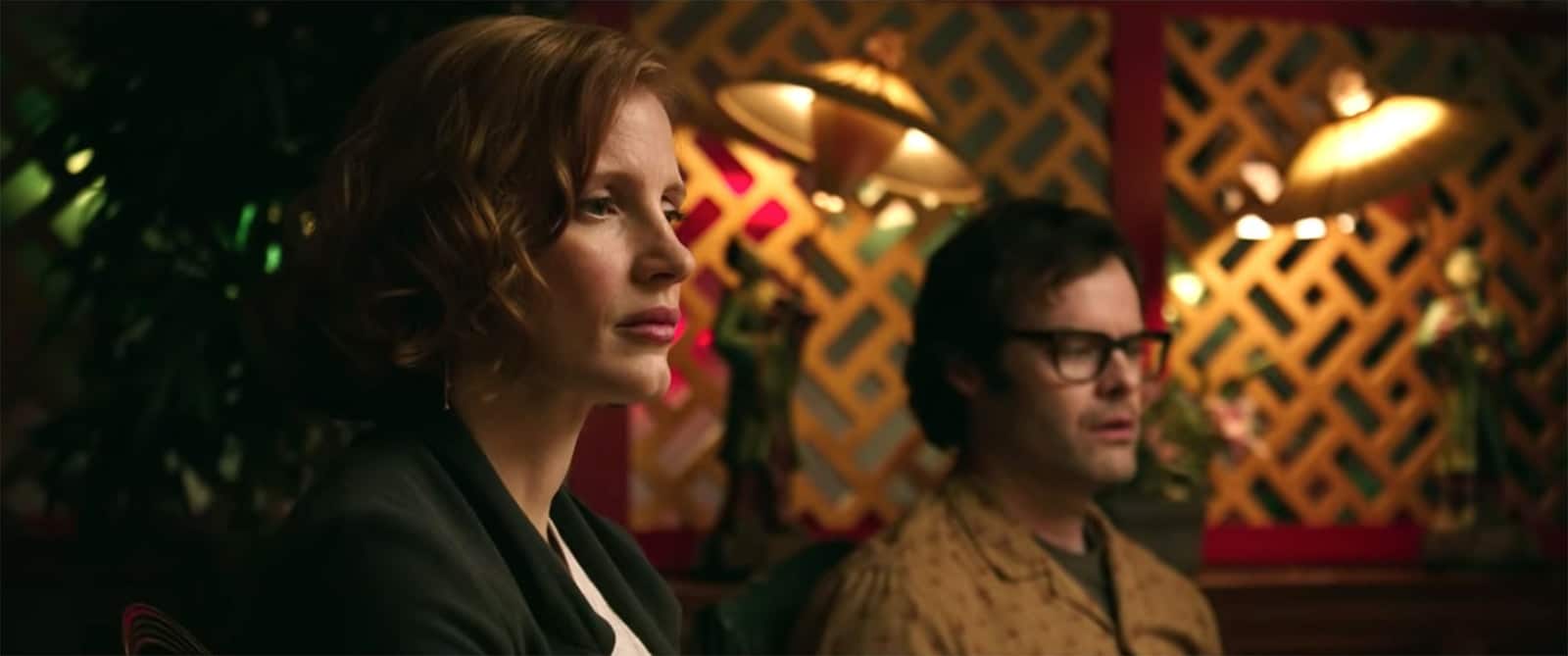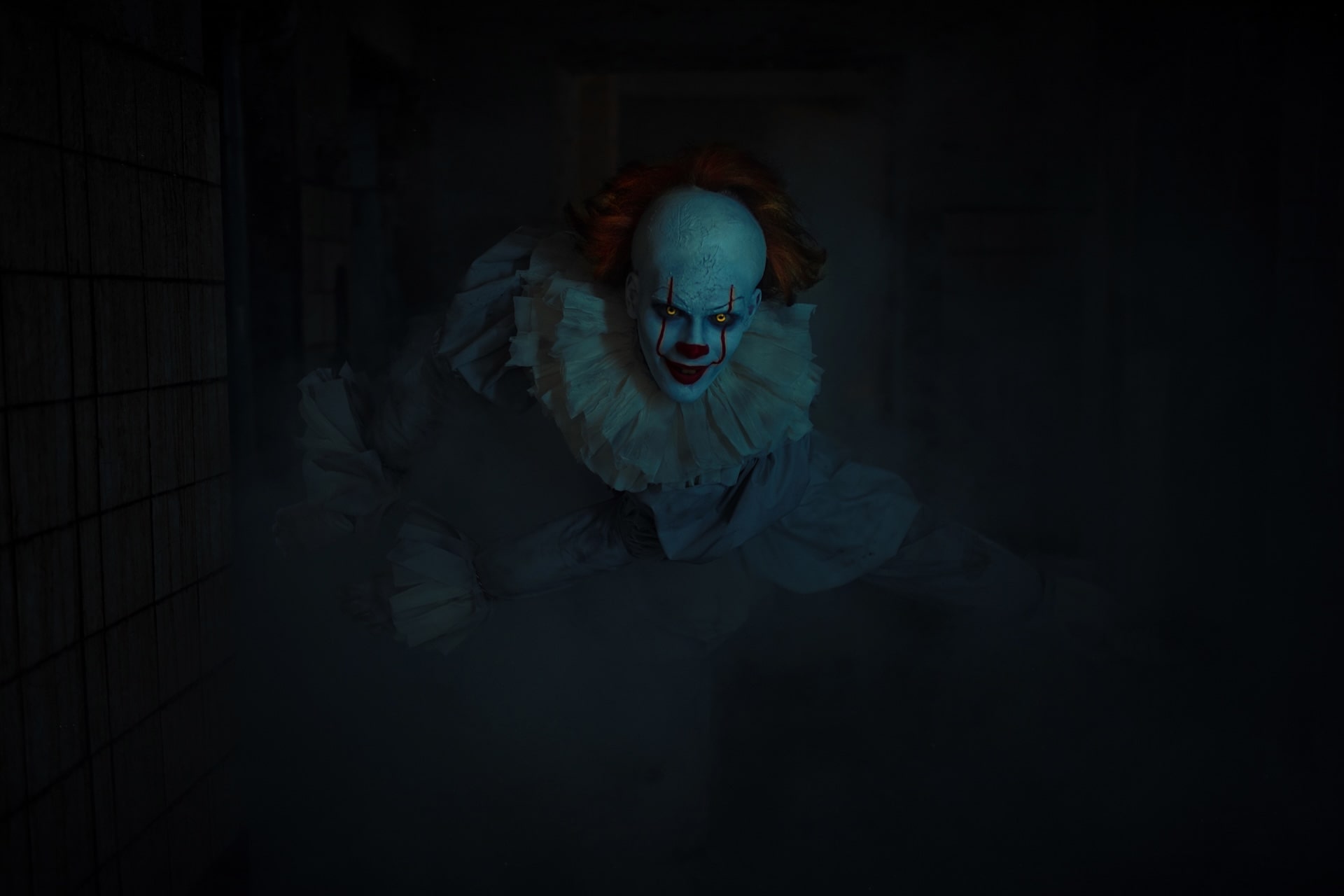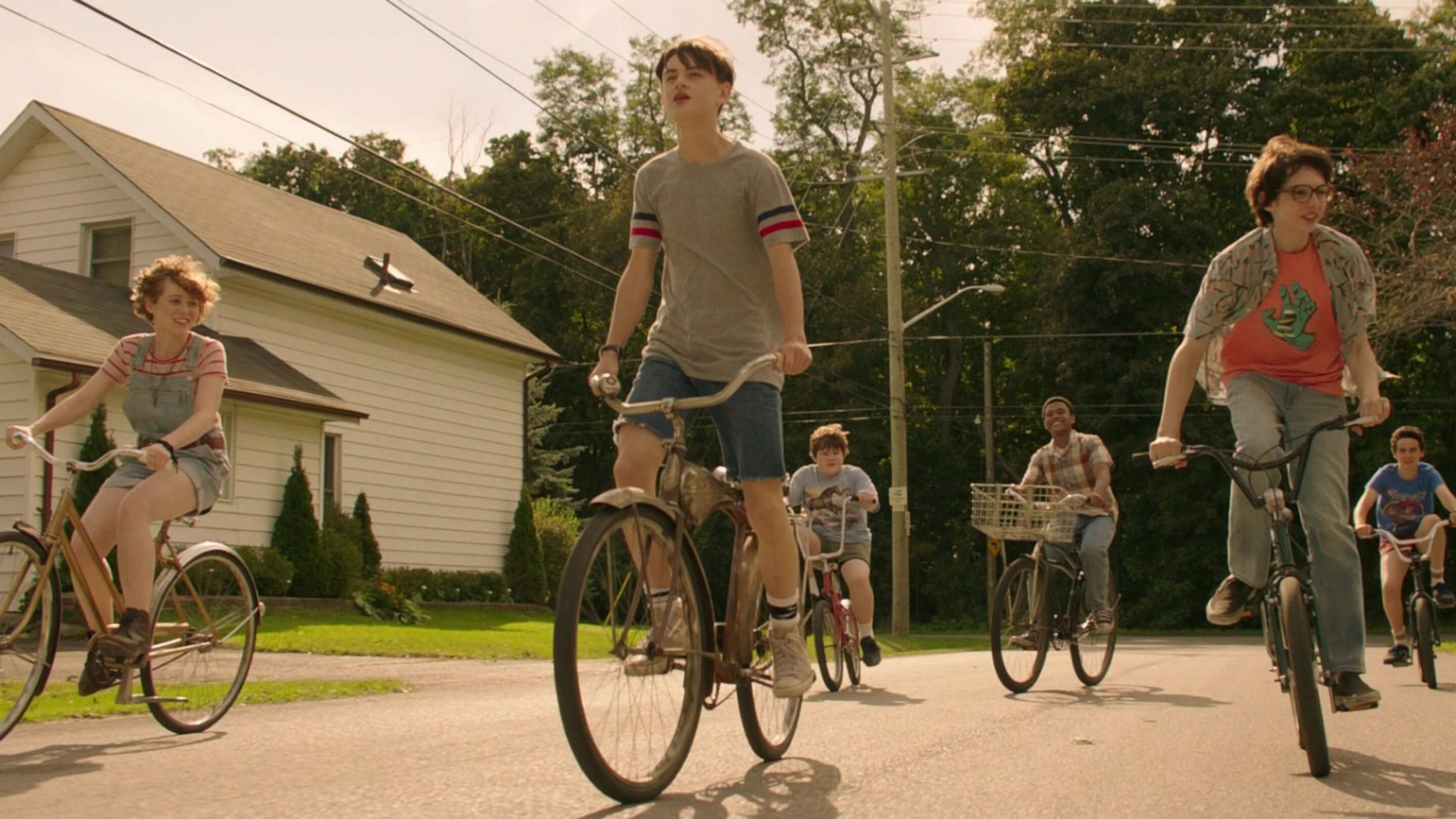The second and concluding chapter in director Andy Muschietti’s adaptation of Stephen King’s It is here. The Losers Club are all grown up as they return to their childhood town to battle inner and outer demons. The cast is impressive, the visuals are stunning, and the imagination on display is undeniable. But that doesn’t translate to a successful film overall. Chapter Two goes big on design, creativity, and spooky spectacle, but doesn’t provide a satisfying conclusion for characters so expertly crafted in Chapter One.
"I've missed you..."
Once Upon A Time
Story
The plot is a bit of a mess. The time jumps feel like unnecessary deja vu; promising sub-plots go missing like Pennywise's victims; emotional arcs that are meant to be cathartic feel tacked on.
The film doesn't prioritize the characters as much as it thinks it does — and screen time doesn't equal character development. The idea has been floated (get it?) in other places that It should have been a streaming series. This would have allowed much more intricate storytelling where individual characters and subplots could have been explored more thoroughly.
Chapter One was long....but didn't feel long — the same can't be said about Chapter Two. The second film intercuts between the past and present, with noteworthy and dextrous transitions, but there's a significant portion of the film that goes back to the Losers' younger selves.
Why?
Chapter One introduces and develops the characters in a pitch-perfect set up for the second film. There's no need to go back, but they do. The flashbacks are new material, maybe even deleted scenes from Chapter One, but these scenes interrupt the adult's character arcs. Instead of taking the time to push these adults through their childhood trauma, we simply revisit it.

Flashbacks aren't enough
It's ironic and unfortunate that a film this long had such a thin story. We know who these characters were, but we don't know who they are now, and our engagement goes malnourished.
Did You Know?
In the story, 27 years pass between Pennywise's killing sprees. It Chapter One was released 27 years after the original 1990 mini-series.
Let's All Go To The Movies
Entertainment Value
The casting here is downright eerie. Jessica Chastain (Beverly) and James McAvoy (Bill) aside, the match between the kids and adults is nearly perfect. Most of the remaining actors are relative unknowns and the combination of their uncanny resemblances and their lack of prior associations gives the film a thick layer of authenticity.

The ensemble of "It Chapter 2"
It's commendable that the filmmakers (and Warner Bros.) decided to value "accuracy" over star power. And Bill Skarsgard as Pennywise is painfully underused in Chapter Two. His performance across both films will go down as one of the greats, but he was sorely missed here.
There is much discussion about Bill Hader's performance as grown-up Ritchie, and even whispered votes for awards consideration (sorry, but no). The term "scene-stealer" gets applied often, but that's not always a good thing. In comedies, one-line quips or kooky characters can bulldoze through a scene, and we applaud them for it. In horror, too much comic relief can be disastrous to your tone and tension.
This humor-crutch was missing from most of Chapter One, which leads one to believe that Warner Bros. might have hedged their bets a little with this one.
Related Posts
Skills On Display
Filmmaking Craft
It Chapter Two had an approx. $70 million budget, which is enormous for a horror film and twice the amount of Chapter One. But do we need a big budget horror movie? Isn't that an oxymoron? At least you can see that money on-screen — the production design is top-notch, even for sets and locations that have only a few minutes of screen time.

Pennywise
The CGI quotient is much higher in Chapter Two, and this does provide visuals oozing and pustulating with creativity. But the sheer amount of these sequences deflates the overall effect.
Chapter Two contains an abundance of scary set pieces. They excel in imagination, and if you're looking for images you've never seen before, you won't be disappointed. Director Andy Muschietti certainly has a specific aesthetic when it comes to his creepy crawlies, and it's easy to admire to craft even if his style isn't quite your bag. But the sheer number of these set pieces, especially in a sludgy second act, pushes us into fatigue.
Chapter Two feels like "kitchen sink horror": let's throw every idea we had at the screen, and something will stick.
IN THE LONG RUN
Longevity
If we look ahead another 27 years, will Pennywise still be haunting us? Yes and no. Chapter One is inarguably the better film of the series, so it will most likely be the one fans return to more often. There are a lot of really interesting choices made by Muschietti and his colleagues to make it one of the most original (for a remake) properties in Horror.
In an unfortunate parallel with Bill's struggle to write a satisfying end to his novels, Chapter Two suffers the same fate.
BY THE NUMBERS
It: Chapter two
- Director: Andy Muschietti
- Writer: Gary Dauberman (based on a 1986 novel by Stephen King)
- Released: September 6, 2019
- Budget: $70 million (approx.)
